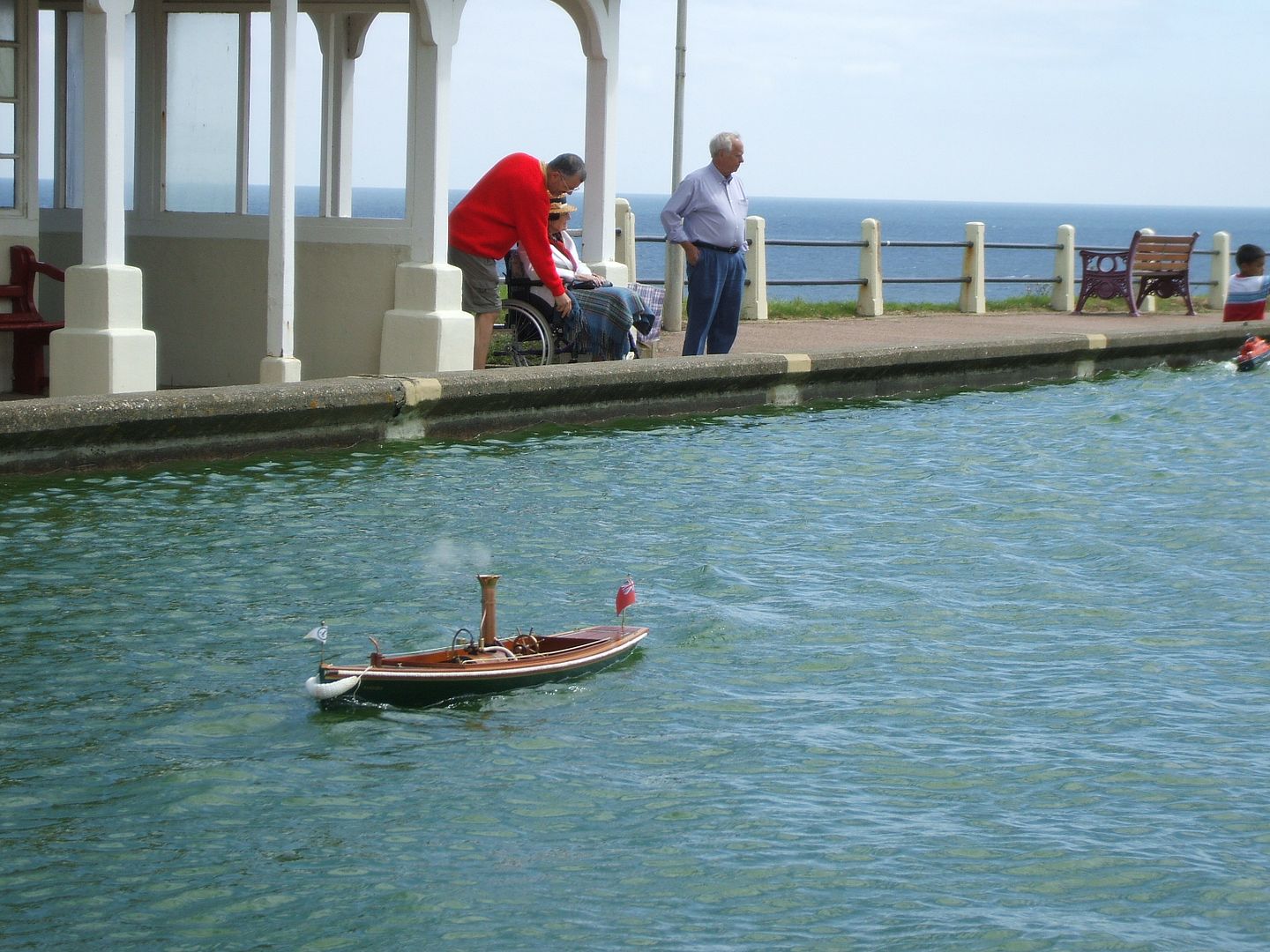- Joined
- Jun 28, 2011
- Messages
- 238
- Reaction score
- 480
John, that's help way more than just a little !! Thanks for taking the time to give me a thorough explanation. I was looking at running the prop fast but didn't like the idea turning the engine so quickly. I like seeing the movement of the parts instead of a blur. Now don't get me wrong an engine spinning that quick is really neat when it's designed for that. This engine and the type of boat it will power seem to be more on the lazy day cruise type of machine. I will look local for a heavy pitch prop but I can always get one from across the pond if I need to.
Pete
Pete































![DreamPlan Home Design and Landscaping Software Free for Windows [PC Download]](https://m.media-amazon.com/images/I/51kvZH2dVLL._SL500_.jpg)

































